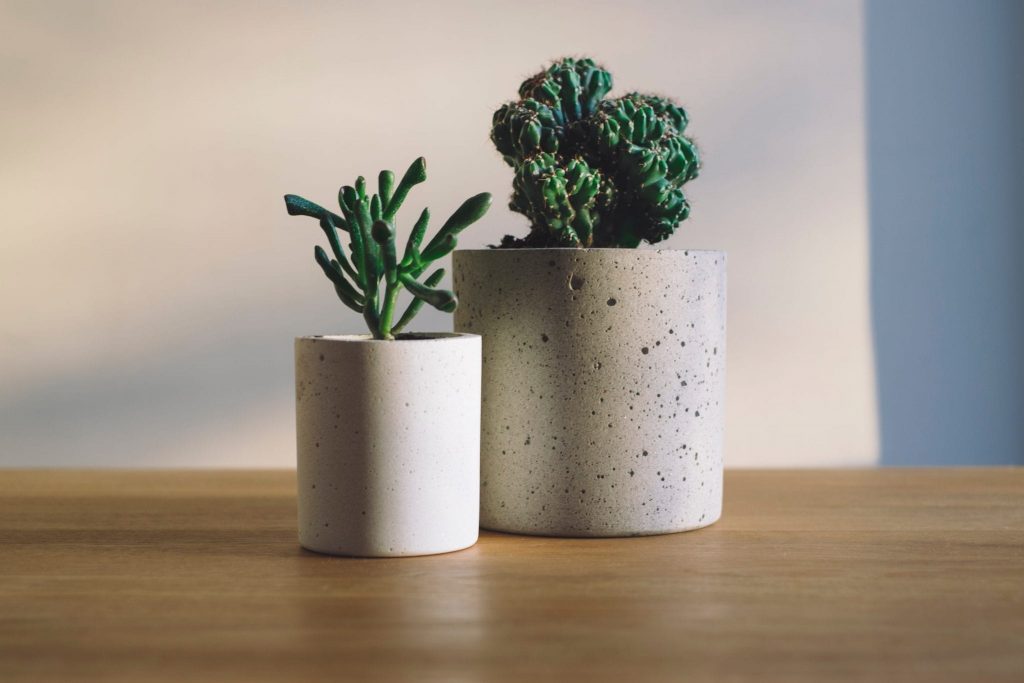
Caring for houseplants is extremely important. Plant type, light, watering, and temperature are factors to consider. If one of these factors is missing, or they are inappropriate, or there are too many of them, your plants will wither and may even die.
Plants almost always die not because of poor care, but because their needs are unknown. A pleasant and comfortable environment for a person may not be the best environment for a plant.
The choice of plant type is important
There are certain types of houseplants that need very specific care and environment, and there are others that bloom with minimal attention.
When buying plants, it is important to find out what environmental conditions they need. Then you can decide if you can provide the right environment.
Not all plants need sunlight
For example, houseplants with dark leaves and ferns need less light. If they do not have enough light, they will immediately begin to suffer. The leaves turn yellow and the stems become abnormally long. The plant will be stressed and lose its viability.
For all these reasons, it is necessary to observe how the plant responds and adapts to its location. If it does not get enough light, it will have to be moved.
Keep in mind all environmental conditions
Maintaining the right temperature is very important for plants. Sudden changes in temperature can harm them. It is also best not to place them near heat or cold sources.
In addition, water oversaturation is another key element. Excess water is the most common cause of houseplant wilting. The soil can tell you if there is too much or too little water. It should be moist but not soaked or silty.
Ambient temperature also affects the plant’s water needs. If the air is drier, the plant will need more moisture. In these cases, it is necessary to periodically moisten the leaves with a spray bottle. This will greatly help the plant.
The best flowerpot for a houseplant is a clay pot. They are permeable and promote plant growth. However, you can use plastic pots.
If there is water in the tray or in the plate under the pot, it should be poured out. This water is excess, the plant no longer needs it. You can also fill these stands with stones or gravel so that the bottom of the pot does not touch the sewage.
Care of soil, roots, and leaves
- Carefully observe the transplanted and grafted plants. You do not want to allow the roots to become too dense and curl up in the pot, as this deprives the plant of air.
- The soil needs to be replaced during the transplant. Some plants need soil with certain characteristics or nutrients, so you should find out what kind of soil your plant needs.
- Keep the leaves clean. This helps maintain plant health. The leaves of houseplants are easily contaminated with dust.
- Compost is very useful for plants, especially when they have spent most of their lives in the same soil. The topsoil can become depleted, depleting essential nutrients. When a plant grows and blooms, it needs more nutrients.
- Pay attention to fungi and pests. Houseplants can also get sick from pests. You need to pay attention to the spots on the leaves, which indicate the presence of pests. If you think that your plant is affected by pests, it is better to consult a specialist.
Picture Credit: Unsplash
